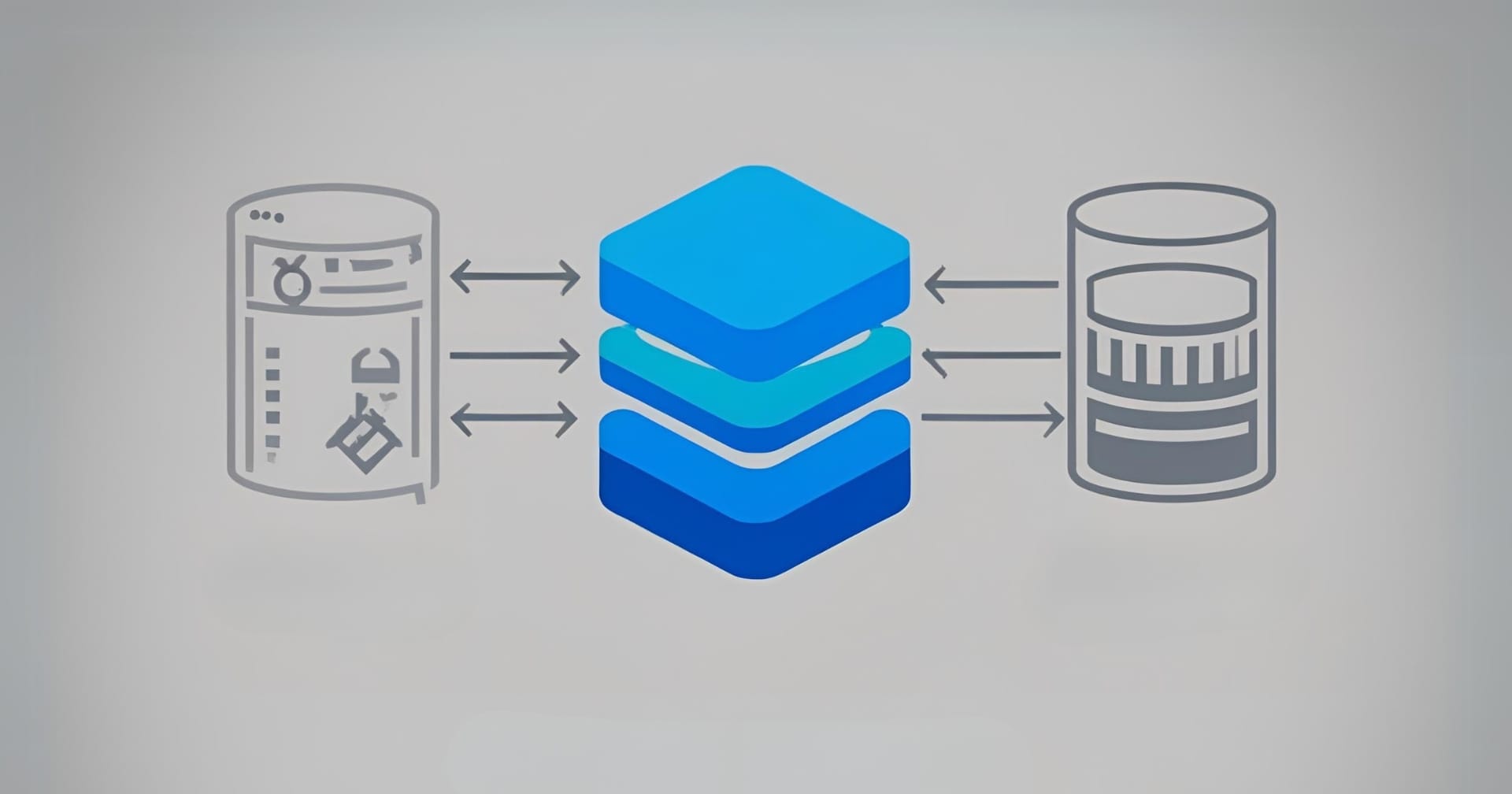
"Node.js streams, which are asynchronous and event-driven, can simplify I/O operations by efficiently handling data in smaller, manageable chunks."
"Streams can be categorized as Readable, Writable, Duplex (both readable and writable) or Transform (modifying data as it passes through)."
"The 'pipe()' function is a useful tool in Node.js streams, allowing data to be read from a source and written to a destination without manually managing the data flow."
"Modern Node.js provides utilities like 'stream.pipeline()' and 'stream.finished()' along with Promise-based APIs for better error handling and flow control."
Node.js streams are event-driven and asynchronous structures that facilitate data reading and writing in smaller chunks, improving I/O operation efficiency. They can be classified into Readable, Writable, Duplex, and Transform streams, each serving different data management purposes. The 'pipe()' method simplifies data flow between sources and destinations, while newer utilities like 'stream.pipeline()' and 'stream.finished()' enhance error management. Asynchronous patterns utilizing async/await further improve code maintainability, making Node.js streams a powerful feature for developers working with I/O tasks.
Read at Sitepoint
Unable to calculate read time
Collection
[
|
...
]